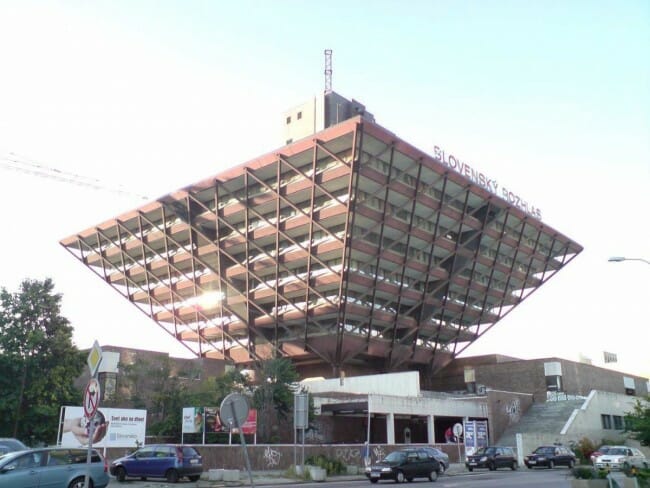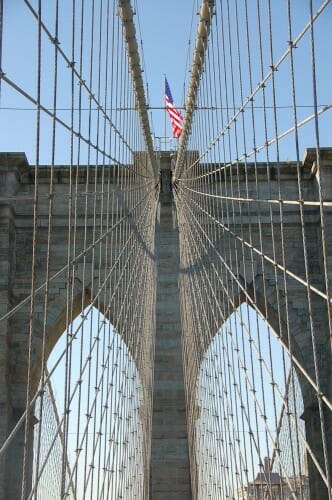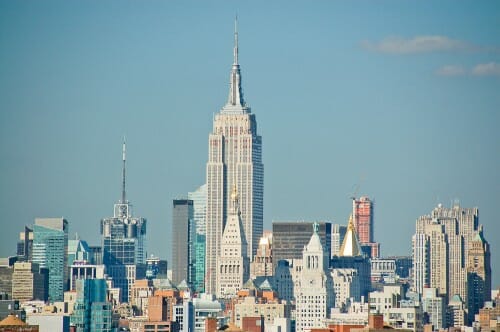HBO's Chernobyl is Excellent
I am not breaking any ground here but I just finished the fifth and final episode of Chernobyl last night and the entire series was excellent. From the confusion of the first hours to the anonymous and sometimes futile heroism in the aftermath to the backroom and courtroom scenes at the end -- everything was tense and engaging and felt pitch-perfect. If nothing else, it's a must see just for its portrayal of architecture and interiors of the Soviet Union. I will warn you that some parts are hard to watch, particularly the dying men in episode 3 and the animal control operations in episode 4. The whole thing has, appropriately, a real darkness to it. Even the great acts of heroism can't offset the ugliness because the heroes tends to be anonymous and largely unrewarded and unheralded. Spoiler alert: there are no winners here [not so much of a spoiler as you see one of the protagonists hang himself 2 minutes into episode 1].
I know there are folks who criticize the science in the show. Basically they can bite me. This is a drama, and a really good one, and generally sticks pretty close to the historical material.
In addition to being about the accident itself, the show is also about life in the Soviet Union as well. Which raises the question -- clearly the Soviet Union's political culture was at fault here, but is ours any better? The answer is yes and no. No, because I don't trust our government officials any more than the Soviets to not prioritize their own power over the well-being of their citizens. But the US would likely do better because 1) our government is not nearly as monolithic, so that bad authoritarian impulses in one section can be checked by others; and 2) our government has much less scope. What I mean by the latter is that Chernobyl was part of the Soviet government, so admitting mistakes there required criticism of the government. In the US, with private operators of power plans, the government would have no problem calling out, say, Duke Power for its shortcomings. Imagine for example how the response to the 737Max issues might have been different if it were built by a state corporation.
Postscript: OK, what are those areas the science may be off? Well, my sense is that the risk to people exposed to the victims of heavy radiation exposure (people visiting the victims in the hospital) is exaggerated in the program. And I think most observers since the accident have been pleasantly surprised that, with the exception of an increase of thyroid cancers in young children, the long term health problems associated with lower level radiation exposures in the Chernobyl area have been far less than feared. A UN panel wrote in 2008:
Apart from the dramatic increase in thyroid cancer incidence among those exposed at a young age, and some indication of an increased leukaemia and cataract incidence among the workers, there is no clearly demonstrated increase in the incidence of solid cancers or leukaemia due to radiation in the exposed populations. Neither is there any proof of other non-malignant disorders that are related to ionizing radiation. However, there were widespread psychological reactions to the accident, which were due to fear of the radiation, not to the actual radiation doses.
That latter part refers to a finding that the one measurable long-term effect in the population has been an increase in alcoholism that is usually attributed to people's elevated fears of cancer.




